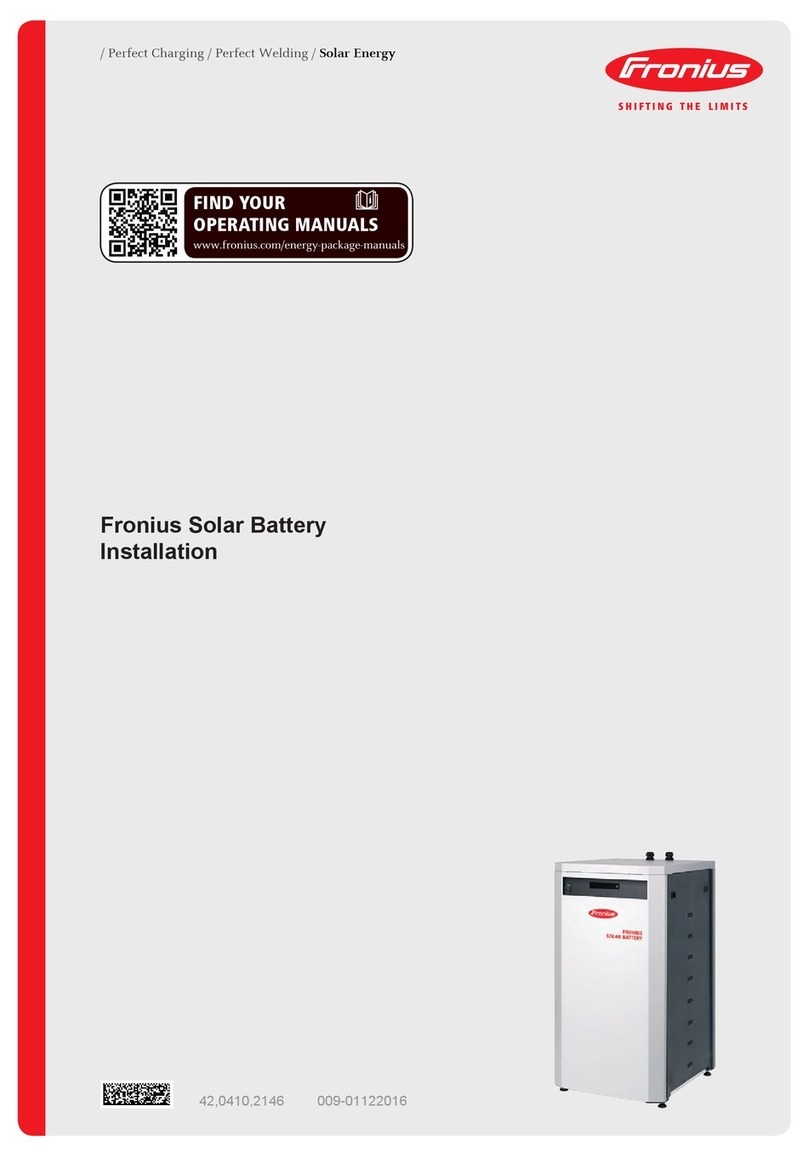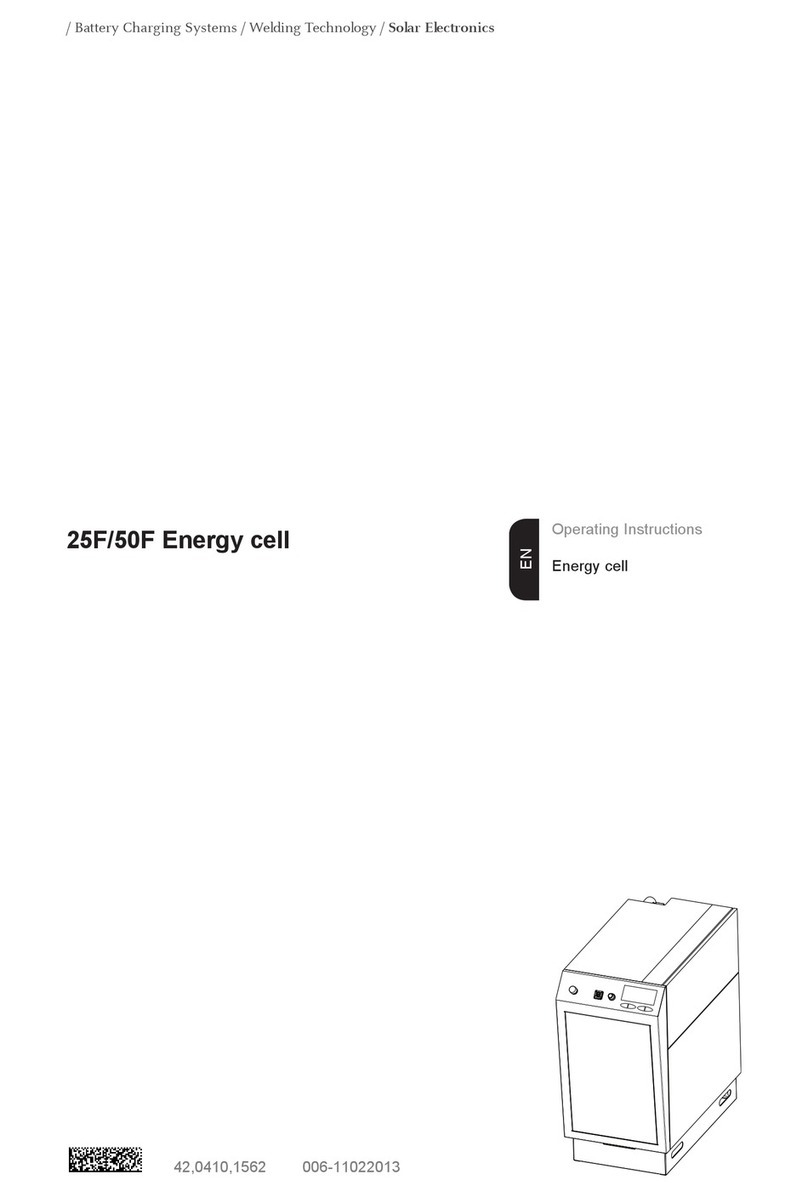5
EN
Contents
Safety rules ................................................................................................................................................ 7
Explanation of safety symbols .............................................................................................................. 7
General ................................................................................................................................................. 7
Proper use ............................................................................................................................................ 8
Safety measures in operation ............................................................................................................... 9
Environmental conditions...................................................................................................................... 9
Safe use................................................................................................................................................ 9
Protecting yourself and others .............................................................................................................. 10
Danger from gases, hazardous materials and suffocation.................................................................... 10
Safety measures in normal operation ................................................................................................... 10
Specific hazards.................................................................................................................................... 11
General information regarding the handling of batteries....................................................................... 11
Danger from batteries ........................................................................................................................... 11
Danger from pressure vessels .............................................................................................................. 11
Warranty and liability............................................................................................................................. 12
Safety inspection................................................................................................................................... 12
Safety symbols...................................................................................................................................... 12
Disposal ................................................................................................................................................ 12
Copyright............................................................................................................................................... 13
General ...................................................................................................................................................... 14
Functionality and device concept.......................................................................................................... 14
Advantages ........................................................................................................................................... 14
Properties.............................................................................................................................................. 15
System configuration ............................................................................................................................ 15
Warning notices on the device.............................................................................................................. 16
Control elements and connections............................................................................................................. 18
Safety.................................................................................................................................................... 18
Controls and connections ..................................................................................................................... 18
Control panel......................................................................................................................................... 20
Before commissioning................................................................................................................................ 23
Safety.................................................................................................................................................... 23
Proper use/intended purpose................................................................................................................ 23
Before using for the first time ................................................................................................................ 24
Connections .......................................................................................................................................... 24
Start-up ...................................................................................................................................................... 26
Safety.................................................................................................................................................... 26
Advance information ............................................................................................................................. 26
Connecting the power interface to the vehicle ...................................................................................... 26
Pin assignment for the vehicle connection............................................................................................ 27
Specification for the vehicle connection................................................................................................ 27
Potential Equalization ........................................................................................................................... 28
Application example for the vehicle connection .................................................................................... 28
Refuelling ................................................................................................................................................... 29
Safety.................................................................................................................................................... 29
General ................................................................................................................................................. 29
General refuelling.................................................................................................................................. 29
Time-optimised refuelling...................................................................................................................... 30
Pressure tolerances .............................................................................................................................. 32
Refuelling process ................................................................................................................................ 32
Operation ................................................................................................................................................... 33
Safety.................................................................................................................................................... 33
Operating conditions ............................................................................................................................. 33
Starting energy delivery ........................................................................................................................ 34
Stopping energy delivery ...................................................................................................................... 34
Troubleshooting ......................................................................................................................................... 35
Safety.................................................................................................................................................... 35
Fault diagnosis...................................................................................................................................... 35
Displayed service codes ....................................................................................................................... 36
Care, maintenance and disposal ............................................................................................................... 38
Safety.................................................................................................................................................... 38





























